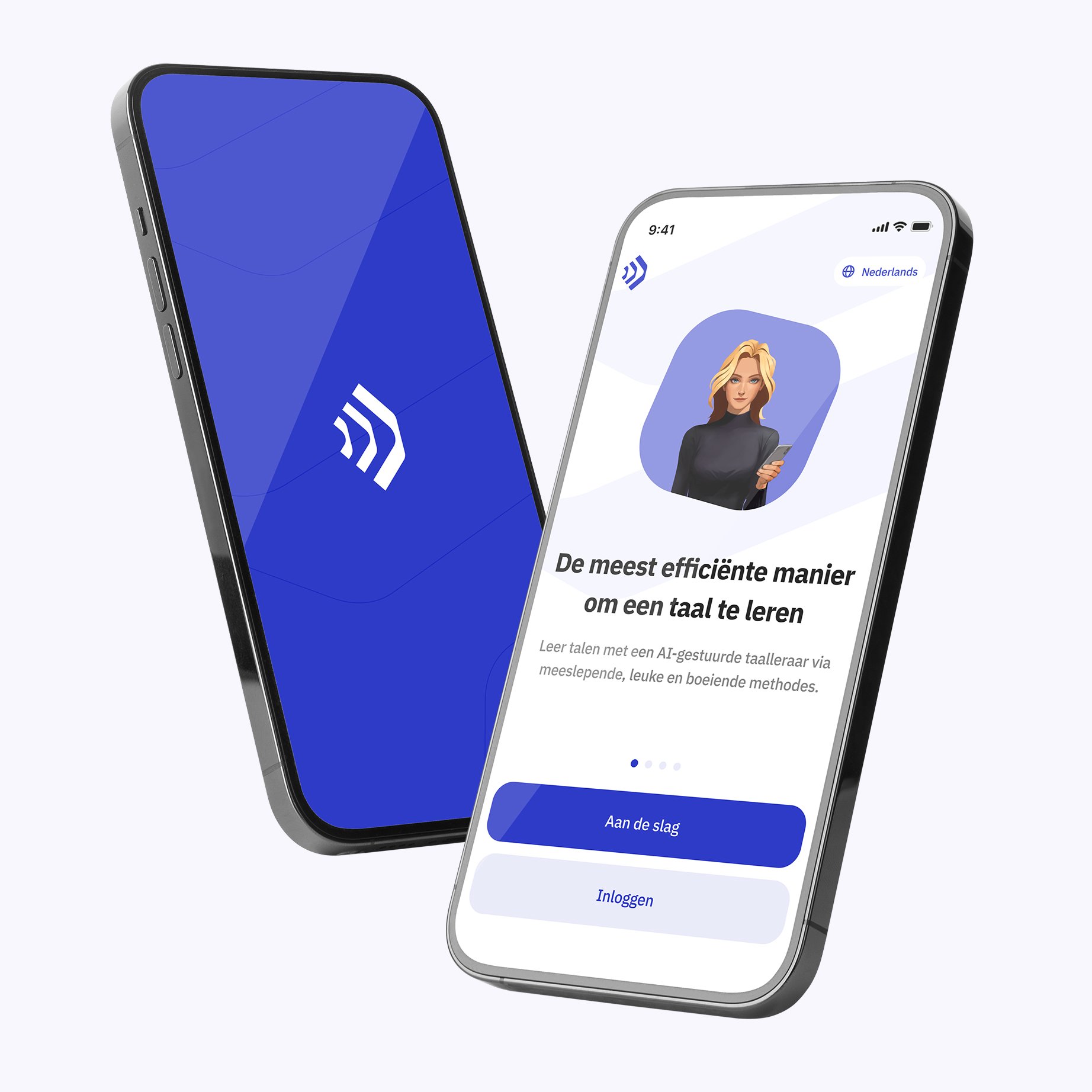Question tags are an important aspect of English grammar. These small phrases that we often add at the end of a statement can change the meaning and function of a sentence. In this article, we will explore the concept of question tags in English grammar, how they are formed, and when they are used. So, let’s dive into the world of question tags and uncover their significance in English communication.
What are Question Tags?
Question tags, also known as tag questions, are short phrases that are added to the end of a statement to turn it into a question. They are primarily used to seek confirmation, agreement, or to prompt a response from the listener. Question tags are an integral part of English conversation and play a significant role in both formal and informal settings.
Question tags are formed by using an auxiliary verb (or a modal verb) and a pronoun that agrees with the subject of the main clause. The structure of a question tag is as follows:
Subject + Auxiliary Verb + Pronoun
For example, in the sentence, “You like pizza, don’t you?”, the question tag is “don’t you?”. Here, the auxiliary verb “do” is used in its negative form “don’t” to match the statement “You like pizza”. The pronoun “you” agrees with the subject of the main clause.
Forming Question Tags
The formation of question tags in English grammar follows a specific pattern based on the type of sentence. Let’s explore the different rules for forming question tags based on the statement form.
1. Statement with an Auxiliary Verb: If the main clause of the statement contains an auxiliary verb, the question tag is formed by using the same auxiliary verb in the opposite form and adding a pronoun that matches the subject.
For example:
– He is a doctor, isn’t he?
– She can swim, can’t she?
– You have finished your homework, haven’t you?
2. Statement without an Auxiliary Verb: In statements where the main clause does not contain an auxiliary verb, the question tag is formed by using the appropriate form of the auxiliary verb “do” and adding a pronoun that agrees with the subject.
For example:
– John plays the guitar, doesn’t he?
– They like to travel, don’t they?
– She lives in London, doesn’t she?
3. Imperative Sentences: In imperative sentences, the question tag is formed by using the auxiliary verb “will” and adding the pronoun “you” at the end. This structure is used to seek confirmation or agreement from the listener.
For example:
– Open the window, will you?
– Please pass me the salt, will you?
– Let’s go for a walk, shall we?
Using the Correct Form of the Auxiliary Verb
When forming question tags, it is crucial to use the correct form of the auxiliary verb that matches the tense, mood, and aspect of the main clause. Let’s explore the different scenarios in which the correct form of the auxiliary verb is used.
1. Present Simple Tense: In the present simple tense, the question tag uses the auxiliary verb “do” in its present simple form: “do” for positive statements and “don’t” for negative statements.
For example:
– She speaks English, doesn’t she?
– They don’t like coffee, do they?
2. Past Simple Tense: In the past simple tense, the question tag uses the auxiliary verb “did” in its past simple form: “did” for positive statements and “didn’t” for negative statements.
For example:
– He went to the party, didn’t he?
– They didn’t finish their work, did they?
3. Present Continuous Tense: In the present continuous tense, the question tag uses the auxiliary verb “be” in its present continuous form: “am”, “is”, or “are” for positive statements and “aren’t” for negative statements.
For example:
– You are studying for the exam, aren’t you?
– They aren’t watching TV, are they?
4. Present Perfect Tense: In the present perfect tense, the question tag uses the auxiliary verb “have” or “has” in its present simple form: “have/has” for positive statements and “haven’t/hasn’t” for negative statements.
For example:
– She has finished her project, hasn’t she?
– They haven’t seen the movie, have they?
5. Modal Verbs: When using modal verbs in the main clause, the question tag uses the same modal verb, but in its negative form for positive statements.
For example:
– He can swim, can’t he?
– She must go, mustn’t she?
Note that for negative statements with modal verbs, the question tag uses the positive form of the modal verb.
For example:
– They can’t swim, can they?
– She mustn’t go, must she?
Functions of Question Tags
Question tags serve a variety of functions in English grammar. Let’s explore some of the common functions of question tags and how they contribute to effective communication.
1. Seeking Confirmation: One of the primary functions of question tags is to seek confirmation or agreement from the listener. By adding a question tag to a statement, the speaker invites the listener to respond, thereby confirming or denying the information presented.
For example:
– We are meeting later, aren’t we?
– The weather is nice today, isn’t it?
2. Softening Statements: Question tags can also be used to soften statements and make them sound less assertive. By adding a question tag, the speaker shows a certain level of uncertainty or hesitation, making the statement less direct.
For example:
– I think we should leave now, don’t you?
– It’s a beautiful painting, isn’t it?
3. Building Rapport: Question tags are commonly used in conversation to build rapport and engage the listener. By using question tags, the speaker involves the listener in the conversation, encouraging them to participate and express their opinion.
For example:
– That movie was amazing, wasn’t it?
– You’re enjoying the party, aren’t you?
4. Offering Assistance: Question tags can also be used to offer assistance or make suggestions in a polite manner. By using a question tag, the speaker implies that they are willing to help or provide further information if needed.
For example:
– Need any help, do you?
– I can book a table for us, shall I?
Common Mistakes with Question Tags
While question tags are a common feature of English grammar, there are a few common mistakes that learners often make. Let’s address some of these mistakes and understand how to use question tags correctly.
1. Using the Wrong Form of the Auxiliary Verb: One of the most common mistakes is using the incorrect form of the auxiliary verb in the question tag. It is essential to match the tense, mood, and aspect of the main clause when forming the question tag.
Incorrect: They are going to the party, are they not?
Correct: They are going to the party, aren’t they?
2. Using Contractions Incorrectly: Using contractions (short forms) is common in question tags; however, learners often misuse them. It is crucial to correctly contract the auxiliary verb and the pronoun to form the question tag.
Incorrect: She hasn’t finished yet, has she not?
Correct: She hasn’t finished yet, has she?
3. Using Question Tags with Statements that Require a Response: Question tags are primarily used when the speaker expects a response from the listener. It is important to avoid using question tags in statements that do not require a response or when asking rhetorical questions.
Incorrect: The sun rises in the east, doesn’t it?
Correct: The sun rises in the east.
4. Incorrect Pronoun Agreement: An error that learners often make is using the incorrect pronoun in the question tag. The pronoun in the question tag should agree with the subject of the main clause.
Incorrect: John and I are going, aren’t he?
Correct: John and I are going, aren’t we?
Conclusion
Question tags are an integral part of English grammar as they play a significant role in effective communication. By understanding the rules and functions of question tags, learners can enhance their conversational skills and engage in meaningful dialogue. So, the next time you engage in an English conversation, don’t forget to add those question tags to seek confirmation and make your statements more interactive. Happy learning!










